Many of you have surely seen photographs offering a snapshot into the time when clothes had to be rationed. Last year, in commemoration of the 70th anniversary of the end of the Second World War, the Imperial War Museum held an exhibition entitled ‘Fashion on the Ration: 1940s Street Style’, which displayed surviving examples of clothes from the 1940s.
The severity of wartime conditions led to controls on the amount of new clothes that people could purchase, as well as the amount of fabric that clothing manufacturers could utilize. Trousers had to be worn by women working in wartime service as a sensible requirement. The US government seized all silk supplies, which forced the hosiery manufacturing business to change completely to nylon. Then, in March 1942, the government requisitioned all nylon fabric for parachutes and other wartime uses. This left only cotton and rayon stockings, which were quite unpopular. The industry immediately recommended that stores increase their hosiery advertising budget, fearing that not wearing stockings would become a trend. When nylon stockings reappeared in the retail shops, there were ‘nylon riots’ as customers actually fought during the arrival of the first deliveries.
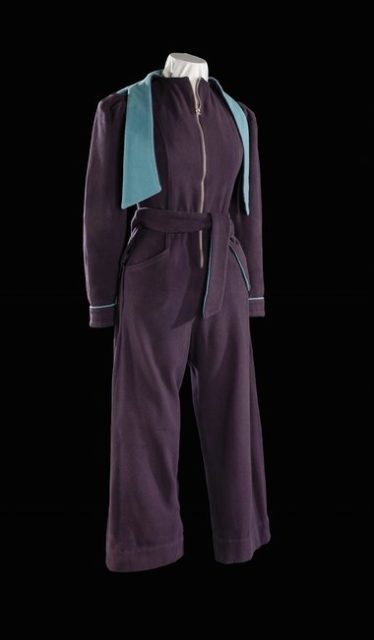
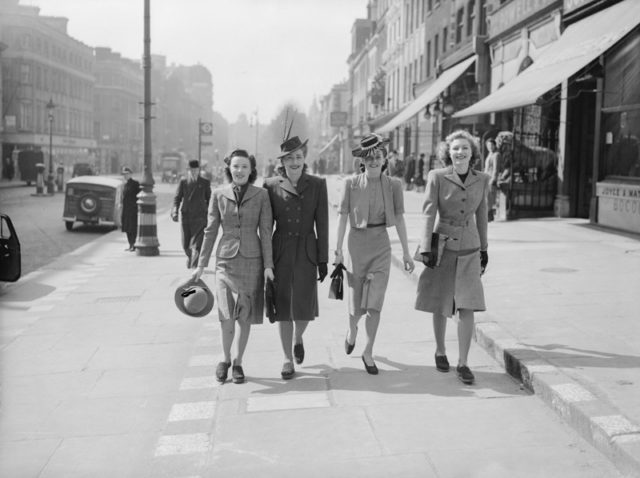
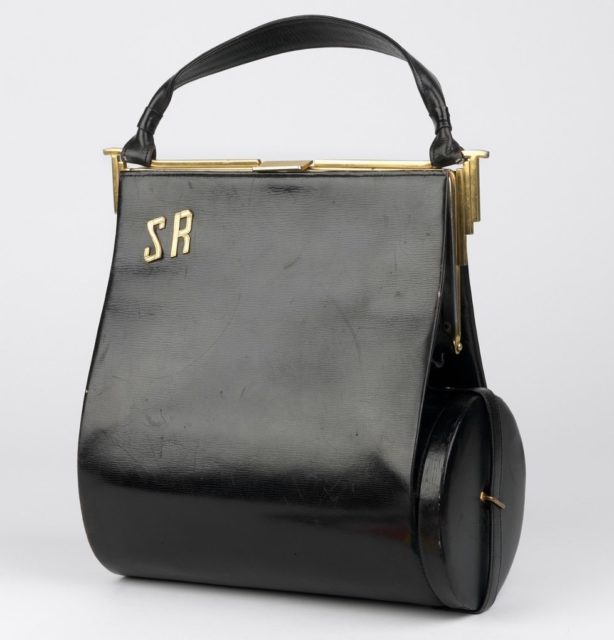
The British Board of Trade issued regulations for ‘utility clothes’ in 1941, implementing a system of ‘points’, as clothing was strictly rationed in Great Britain. In America, the War Production Board specified restrictions for every item of women’s clothing by issuing its Regulation L85 on 8 March 1942. Clothing manufacturers had to use more red dye in their clothing because the military used so much green and brown dye.
Laddered stockings were of a particular concern in England; women had no choice but to either paint them on (including the back seam) or to join the WRNS, who were issuing them to enlisted personnel, as a clever aid for recruitment.

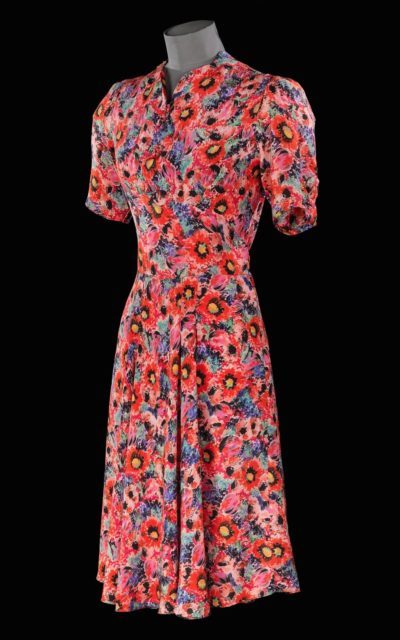

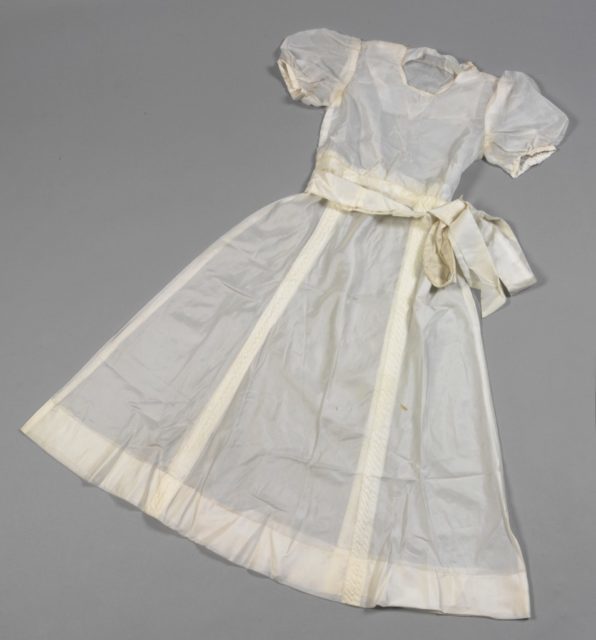
During these years, skirts were worn at knee-length by most women, with modestly-cut blouses and broad-shouldered jackets. Popular magazines and clothing design companies counseled women on how to use men’s suits and reproduce them into stylish outfits since the men were in military gear and the clothing would otherwise just sit around gathering dust. One style that became popular during this period was the Eisenhower jackets.
Influenced by the military, these jackets were bloused at the upper body and chest area and formed to fit the waist with a belt. A combination of well-designed blouses and skillfully tailored suits became the distinguishing wardrobe of the working woman, the young society women, and college girls.
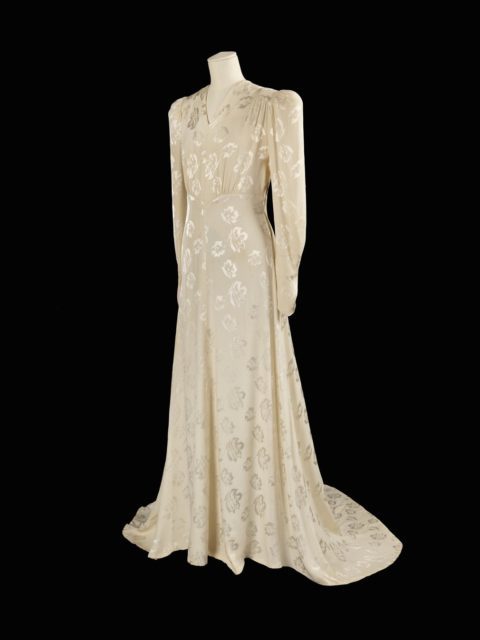
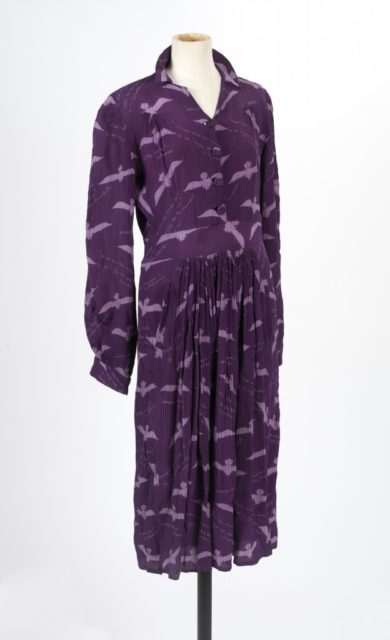
The current fashion in Europe was no longer available to women in the US because of the war. Chinese and American Indian-based designs from the hat manufacturers failed to become popular causing one milliner to lament in 1941, ‘how different it was when Paris was the fountainhead of style.’ As with the hosiery manufacturers, the hat makers feared that the bare head would become popular.
Working quickly, they introduced new designs, such as the ‘winged victory turbans’ and the ‘Commando Cap’ in the auspicious color of ‘victory gold’. Quite often overlooked by American women, American designers of ready-to-wear clothing became more popular as women began to wear their styles. The American designers contributed in other ways too; using fiber content in their clothing, making improvements to sizing standards, and using labels that had instructions on how to care for the clothing.
